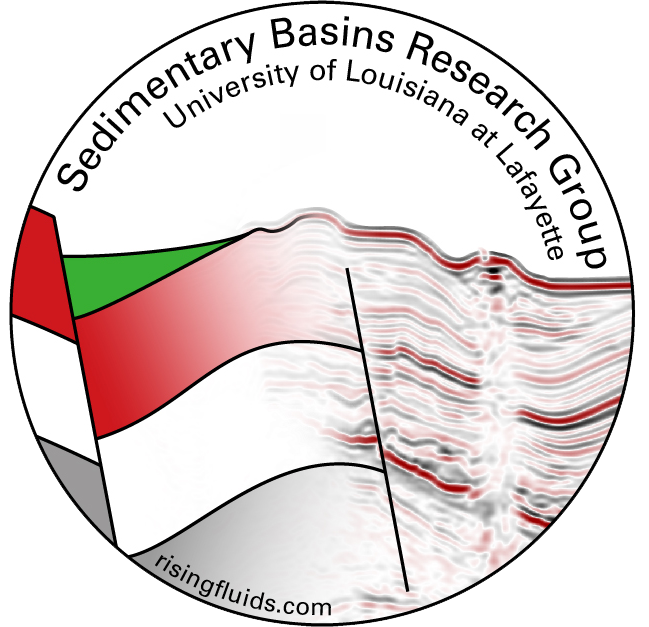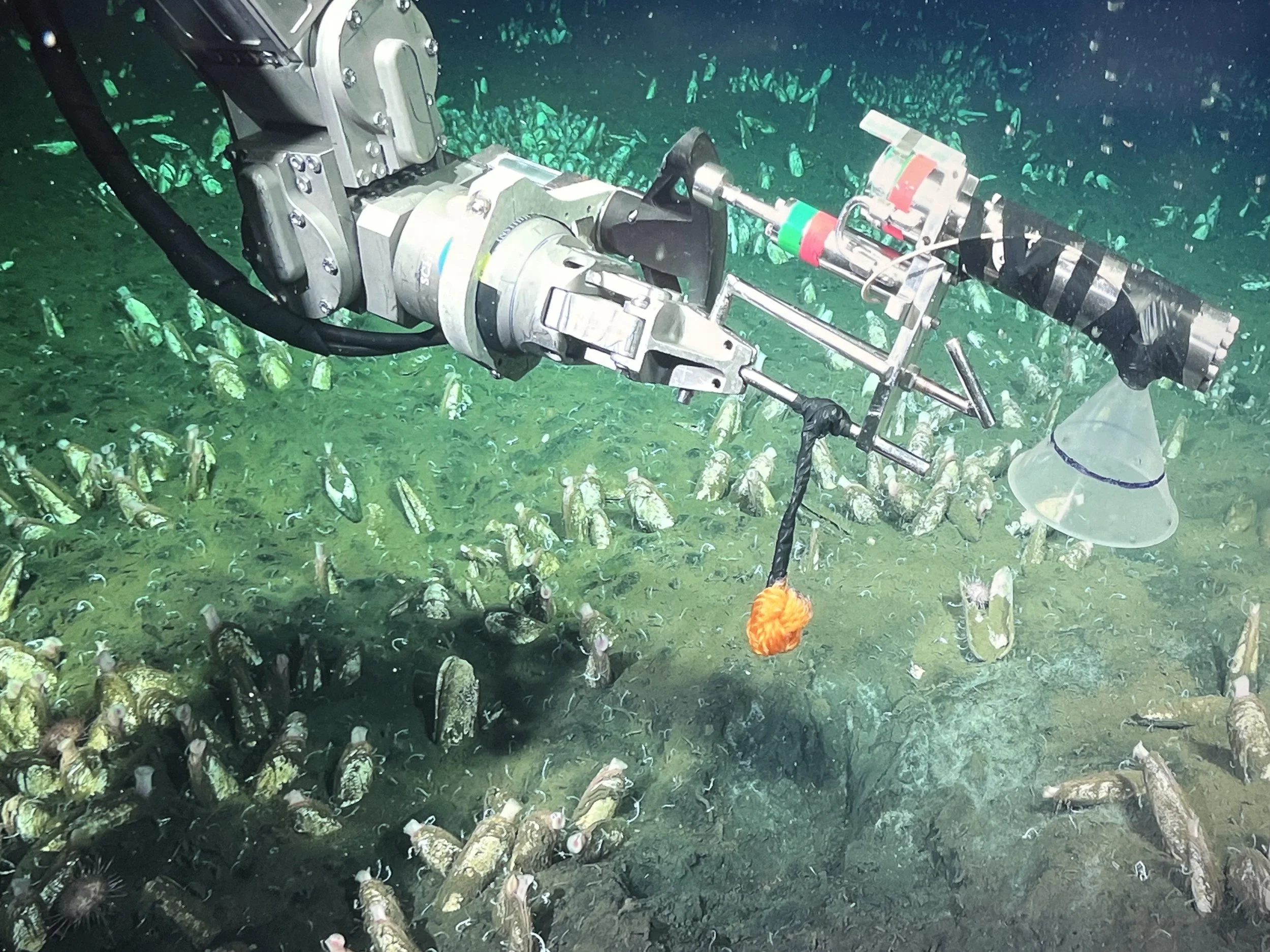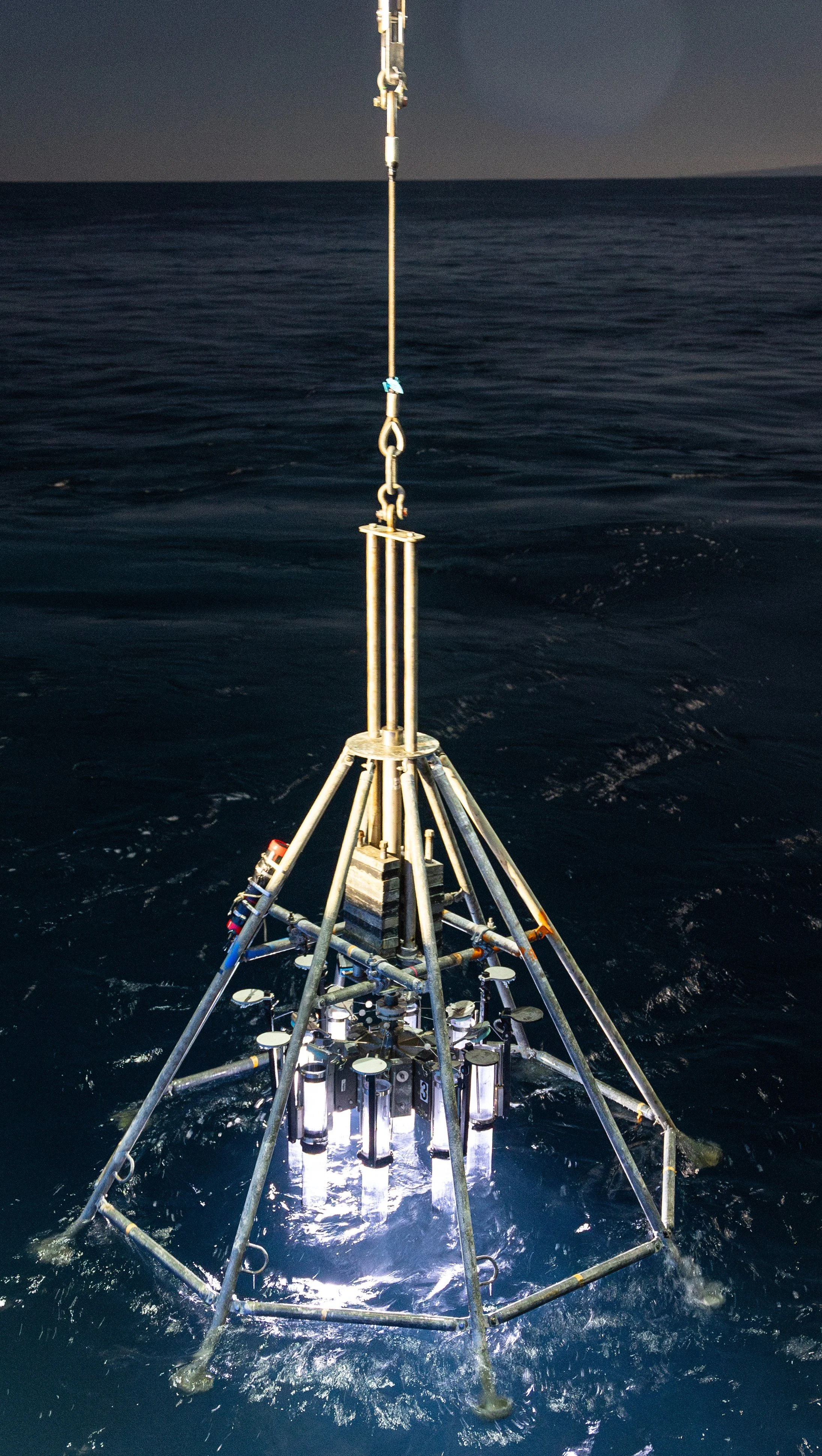methane seepage
The Earth’s subsurface hosts enormous volumes of methane. some if it escapes the seafloor.
Seeps offer significant opportunities for discovery, as they remain among the least explored and understood marine environments.
“Cold seeps represent a vital component of the Earth’s carbon cycle. They connect deep subsurface methane generation and storage to the ocean, where methane is transformed, mineralized, or transferred.”
How we study seepage - To truly grasp how cold seeps form, function, and change over time, we must combine information from different fields of study, analyzing data gathered at multiple times and locations. This thorough understanding is crucial to better predict how seeps form and evolve.
We combine seafloor mapping, subsurface imaging, and geochemical–paleontological analyses to capture how seep systems work across space and time. Autonomous Underwater Vehicles (AUVs) provide high-resolution bathymetry and water-column data that reveal active venting and seafloor morphology. Targeted sediment coring lets us measure porewater chemistry, recover methane-derived carbonates, and document sedimentary textures linked to fluid flow. Isotopic measurements help distinguish microbial from thermogenic methane and quantify carbon transformation pathways. We analyze benthic foraminifera to track the variability of methane escape through time and the ecological shifts associated with seepage, and we use industrial seismic and sub-bottom profiling to image fluid conduits, stratigraphy, and the extent of gas and their hydrates. Integrating these datasets allows us to link present-day processes to longer-term seep histories.
What we have learned so far - Our work contributed to showing that methane seeps are more widespread than many classic models predicted, including along the U.S. Atlantic Margin, where numerous sites occur even within the gas hydrate stability zone and in areas lacking a mature petroleum system.
Seep distribution highlights the importance of stratigraphic controls, overpressure, and focused fluid pathways in governing seep location.
We find that the seabed “filter” provided by anaerobic methane oxidation is highly variable through space and time, which helps explain why local measurements do not always upscale cleanly to regional budgets. We also demonstrate that methane-derived carbonates are powerful archives: their fabrics, mineralogy, and isotopic compositions record seep intensity, fluid sources, and microbial processes, providing a means to connect modern observations to past episodes of methane release.
Where this research is going - We are extending our surveys to underexplored margins to refine global inventories of methane seepage sites and to capture the full range of seep behaviors. New work will quantify how methane is partitioned among mineral formation, microbial consumption, and transfer to the water column under different ocean conditions.
We are also building process-based models that couple subsurface fluid flow with seafloor reactions to forecast how seep systems may reorganize under global changes. Together with high-resolution dating of methane-derived carbonates and time-series observations at active cold seep ecosystems, these efforts aim to deliver a clearer, mechanism-driven view of methane’s role in marine carbon cycling.
What is it? | Why it matters | Our methods | Key results | Future directions
Methane in the ocean is often found trapped beneath the seafloor, stored in permeable layers or frozen in gas hydrates (an ice-like solid stable at high pressure and low temperature), or naturally released in places known as cold seeps. Cold seeps occur worldwide and release methane and other hydrocarbons into the ocean, significantly affecting its environment through complex, interconnected physical, chemical, and biological processes.
What it means in the bigger picture - Much of the methane moving upward is consumed within the seabed by communities of microbes through anaerobic oxidation of methane, a process that acts as a benthic “filter.” These reactions alter sediment and water chemistry, reshape redox and nutrient gradients, and drive carbonate precipitation.
Seepage also sustains rich, chemosynthesis-based communities that thrive independent of sunlight, making cold seeps natural laboratories for studying life–energy linkages on the seafloor.
Because seep behavior is often sensitive to pressure–temperature conditions, sediment properties, and fluid flow, cold seeps help us track how the near-seafloor environment responds to global changes in ocean conditions. Reconstructing when, where, and how strongly seeps have operated—both today and in the geologic past—improves our understanding of ocean–atmosphere interactions and marine carbon processing.
Credit Dr. Ashley Burkett



